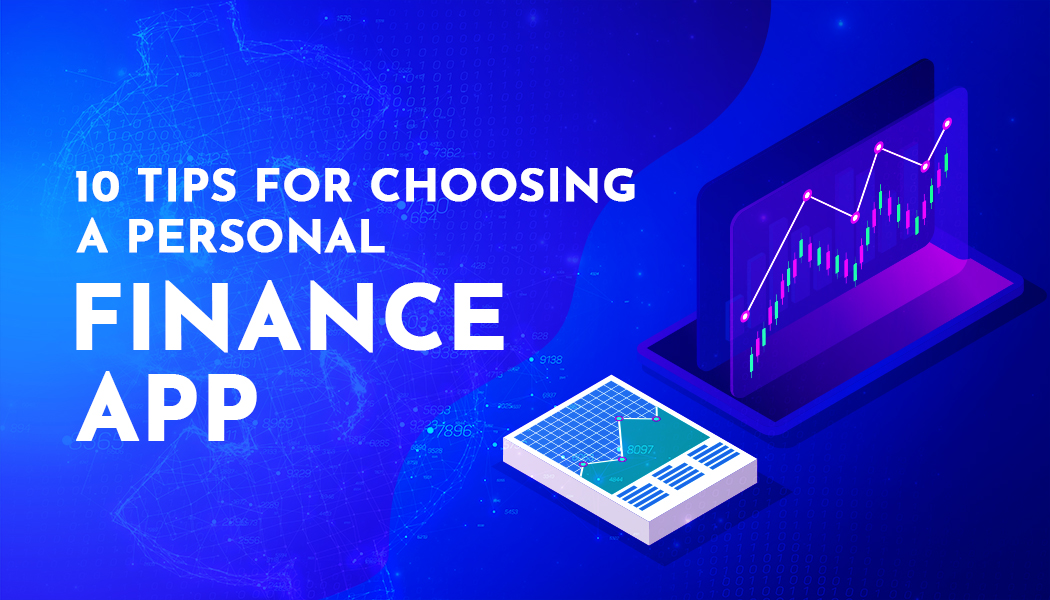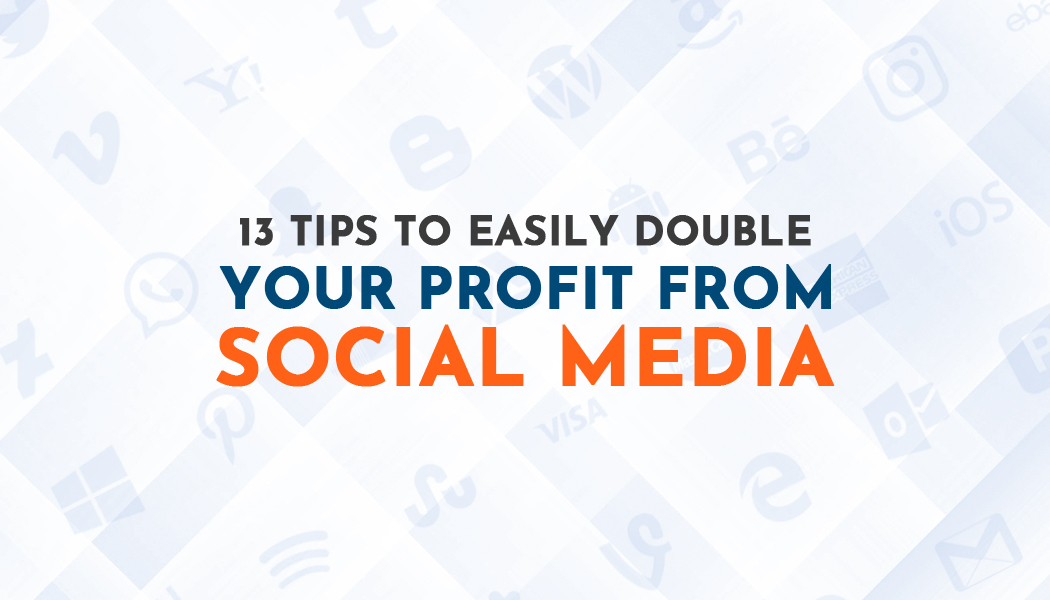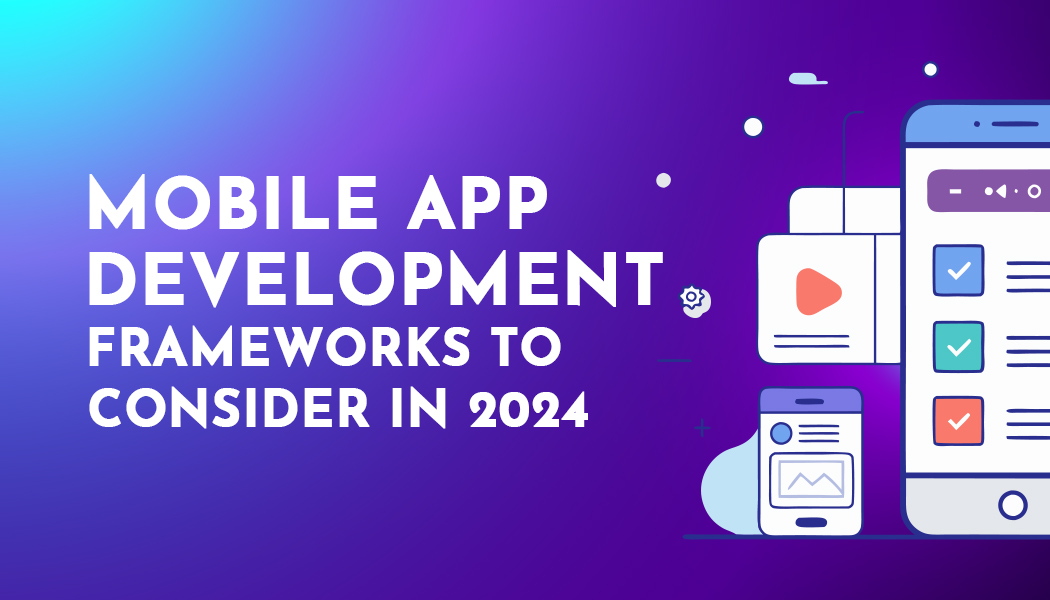10 Tips for Choosing a Personal Finance App
In this tech era, managing your finances has never been easier. With many personal finance apps available at your fingertips, you can finally take control of your budget, track expenses, and plan for the future. But with so many options, how do you choose the right one?
Whether you're a finance enthusiast, a budgeting beginner, or a seasoned finance blogger, this guide will walk you through the essential tips for selecting the perfect personal finance app.
Introduction to Personal Finance Apps
Personal finance apps are designed to help individuals manage their money more effectively. From tracking daily expenses to setting long-term financial goals, these apps offer a variety of features to cater to different needs. This blog post will explore the top 10 tips for choosing a personal finance app that aligns with your financial goals and lifestyle. By the end, you'll have a clearer understanding of what to look for and how to make an informed decision.

Understanding Your Financial Needs
Assessing Your Financial Goals
Before you start exploring apps, it's crucial to understand your financial needs and goals. Are you looking to save more money, reduce debt, or simply track your daily expenses? Identifying your primary objectives will help you narrow down the options and choose an app that aligns with your goals.
Identifying Key Features
Different apps offer various features, from budget tracking to investment management. Make a list of the key features you need in a personal finance app. For instance, if you want to monitor your spending habits, look for an app with real-time expense tracking. If investment tracking is a priority, find one that integrates with your brokerage accounts.
Considering Your Financial Literacy
Your level of financial literacy also plays a role in choosing the right app. Some apps are designed for beginners, offering simple interfaces and educational resources. Others are more advanced, catering to users with a deeper understanding of personal finance. Choose an app that matches your skill level to ensure you can make the most of its features.
Evaluating App Security
Importance of Data Security
When dealing with financial data, security is paramount. Ensure the app you choose has robust security measures in place. Look for features like encryption, two-factor authentication, and secure login protocols. This will help protect your sensitive information from potential breaches.
Reading User Reviews
User reviews can provide valuable insights into an app's security features. Check reviews on app stores and finance forums to see what other users have to say about their experiences. Pay attention to any recurring issues related to security and data protection.
Checking for Regulatory Compliance
Ensure the app complies with relevant financial regulations and standards. Apps that adhere to industry best practices are more likely to offer reliable security features. Look for certifications or mentions of compliance with GDPR, PCI-DSS, or other regulatory frameworks.
Exploring User Interface and Experience
Importance of a User-Friendly Interface
A user-friendly interface is essential for a seamless experience. The app should be easy to navigate, with intuitive controls and clear instructions. A cluttered or confusing interface can make managing your finances more challenging than it needs to be.
Customizability and Personalization
Look for apps that offer customization options. Being able to personalize your dashboard, set custom categories, and receive tailored recommendations can enhance your overall experience. Customizable features make the app more adaptable to your unique financial situation.
Accessibility and Device Compatibility
Ensure the app is compatible with your devices, whether it's a smartphone, tablet, or desktop. Accessibility features, such as voice commands and screen reader support, can also make the app more user-friendly for individuals with disabilities.
Comparing Costs and Pricing Models
Free vs. Paid Apps
While many personal finance apps are free, some offer premium features at a cost. Determine whether the free version meets your needs or if the premium features justify the expense. Consider starting with a free version and upgrading if necessary.
Understanding Subscription Models
Some apps operate on a subscription basis, requiring monthly or annual payments. Evaluate whether the recurring cost fits within your budget. Be aware of any hidden fees or charges that may not be immediately apparent.
Evaluating Cost-Effectiveness
Consider the overall value provided by the app. A more expensive app might offer advanced features and better support, making it a worthwhile investment. Compare the costs and benefits of different apps to find the most cost-effective option for you.
Analyzing Integration Capabilities
Syncing with Bank Accounts
Many finance apps offer the ability to sync with your bank accounts, credit cards, and other financial institutions. This feature can streamline the process of tracking your finances by automatically importing transactions. Ensure the app supports your financial institutions.
Compatibility with Other Tools
If you use other financial tools or services, check if the app integrates with them. For example, integration with tax software or investment platforms can provide a more comprehensive view of your financial health. Look for apps that offer API integrations or partnerships with other financial services.
Importing and Exporting Data
The ability to import and export data is crucial for maintaining flexibility. Whether you want to transfer data from a previous app or export reports for analysis, ensure the app supports these functions. This feature can save you time and effort in managing your finances.
Reviewing Customer Support and Resources
Availability of Customer Support
Reliable customer support is essential for resolving issues and answering questions. Check if the app offers multiple support channels, such as email, chat, or phone support. Responsive and helpful customer service can enhance your overall experience.
Access to Educational Resources
Some apps provide educational resources, such as tutorials, webinars, and articles, to help users improve their financial literacy. These resources can be valuable for beginners and experienced users alike. Look for apps that offer a wealth of information to help you make informed financial decisions.
Community and User Forums
Joining a community of like-minded users can provide additional support and insights. Many apps have user forums or social media groups where you can ask questions, share experiences, and learn from others. Engaging with a community can enhance your understanding of personal finance.
Testing the App with a Trial Period
Utilizing Free Trials
Many apps offer free trials, allowing you to test their features before committing to a subscription. Take advantage of these trial periods to evaluate the app's functionality and suitability for your needs. Pay attention to how well the app integrates with your financial habits.
Assessing User Experience
During the trial period, assess the overall user experience. Is the app easy to use? Does it offer the features you need? Are there any bugs or issues that affect its performance? Use this time to determine if the app meets your expectations.
Making an Informed Decision
After the trial period, reflect on your experience with the app. Did it help you achieve your financial goals? Was it easy to use and understand? Use these insights to make an informed decision about whether to continue using the app or explore other options.
Looking for Regular Updates and Improvements
Importance of Regular Updates
Regular updates ensure the app remains reliable, secure, and compatible with the latest technology. Check if the app receives frequent updates and improvements. An app that is actively maintained is more likely to provide a better user experience.
Enhancements and New Features
Updates often include new features and enhancements that can improve the app's functionality. Look for apps that continuously innovate and add value to their offerings. Staying up-to-date with the latest features can help you make the most of your personal finance app.
Bug Fixes and Performance Improvements
Regular updates also address bugs and performance issues. An app that quickly resolves problems demonstrates a commitment to providing a high-quality user experience. Check the app's update history to see how often bugs are fixed and performance is improved.
Exploring User Reviews and Ratings
Importance of User Feedback
User reviews and ratings provide valuable insights into the app's performance and reliability. Read reviews on app stores and finance forums to understand the experiences of other users. Pay attention to both positive and negative feedback to get a balanced view.
Identifying Common Issues
Look for recurring themes in user reviews. Are there common issues that many users face? How does the app's customer support respond to these problems? Identifying common issues can help you anticipate potential challenges and make an informed decision.
Considering Expert Opinions
In addition to user reviews, consider expert opinions and reviews from reputable sources. Finance bloggers and industry experts often provide in-depth analyses and comparisons of personal finance apps. Their insights can help you choose an app that meets your needs.
Conclusion and Next Steps
Choosing the right personal finance app can significantly impact your financial well-being. By following these ten tips, you can find an app that aligns with your goals, offers robust security, and provides a user-friendly experience.
Remember to assess your financial needs, evaluate app security, compare costs, and read user reviews. Once you've chosen an app, take advantage of its features to stay on top of your finances and achieve your financial goals.
Ready to take control of your finances? Start by exploring the top-rated personal finance apps today and find the perfect fit for your needs.




